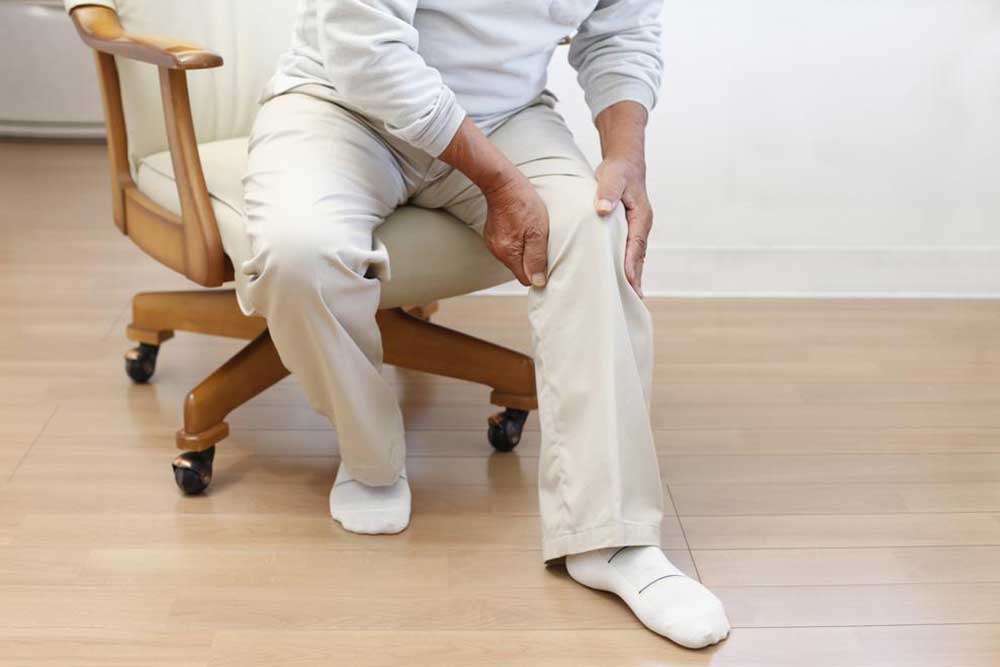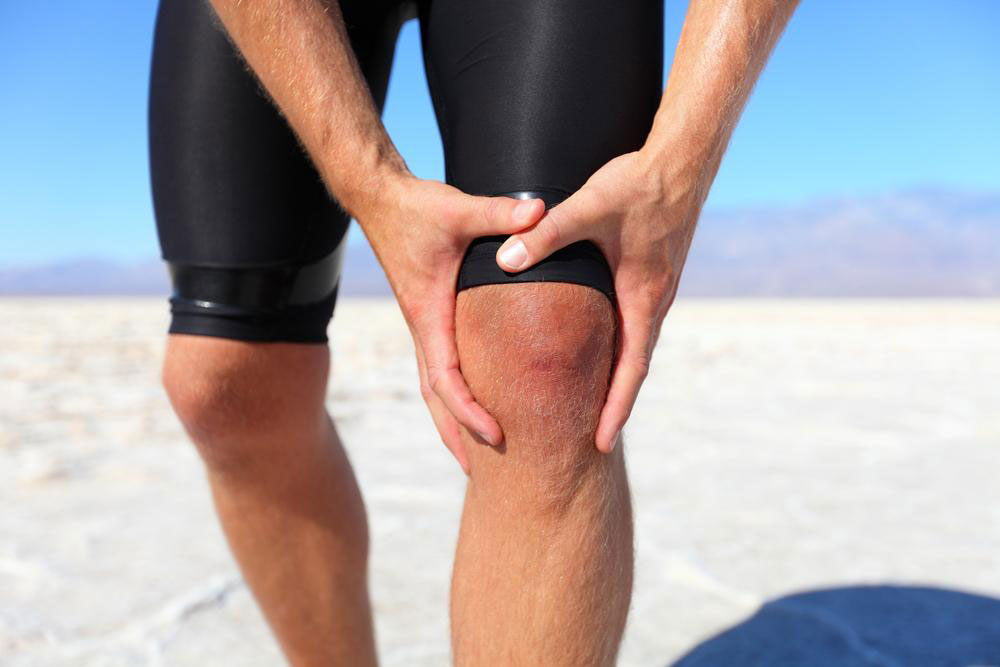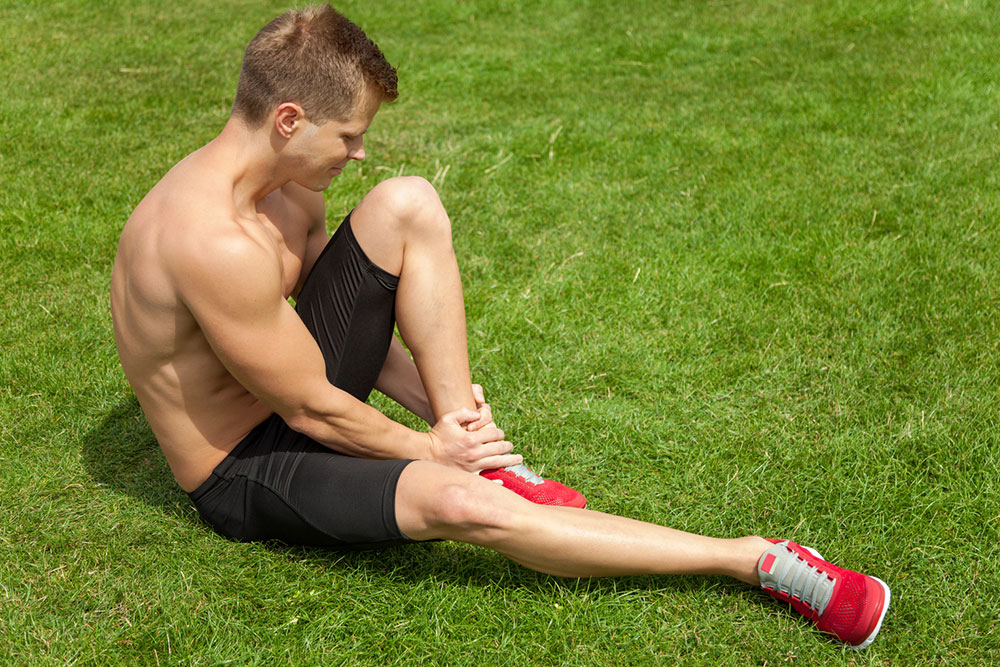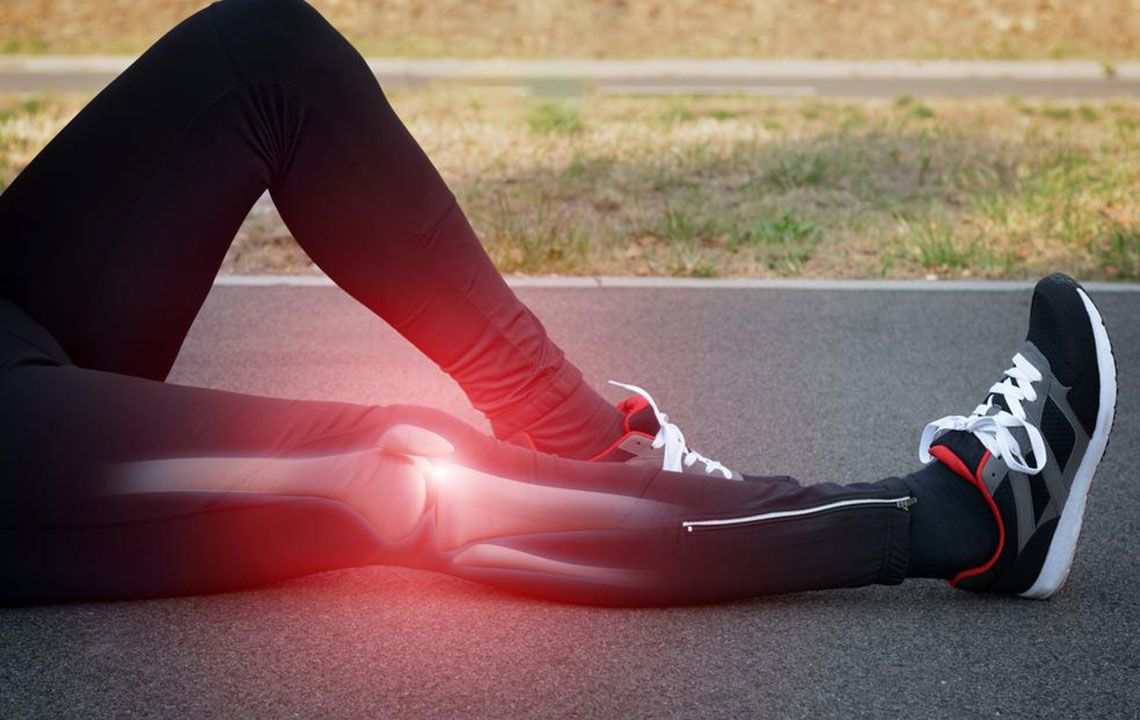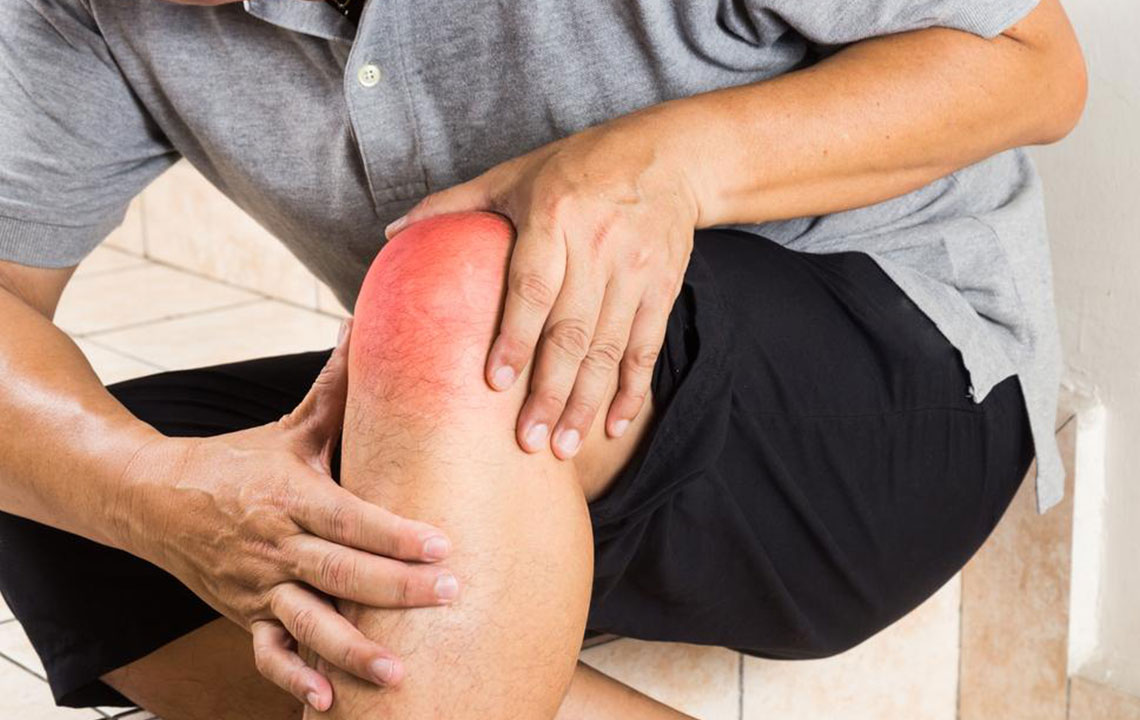Understanding Knee-Back Leg Pain: Symptoms, Causes, and Remedies
This article explores the causes, symptoms, and treatments of pain behind the knee. It covers common issues like cysts, cartilage tears, and hamstring injuries, emphasizing the importance of proper diagnosis and healthcare. Effective management options, including physical therapy and surgical interventions, are discussed to help readers understand their condition and seek appropriate care.
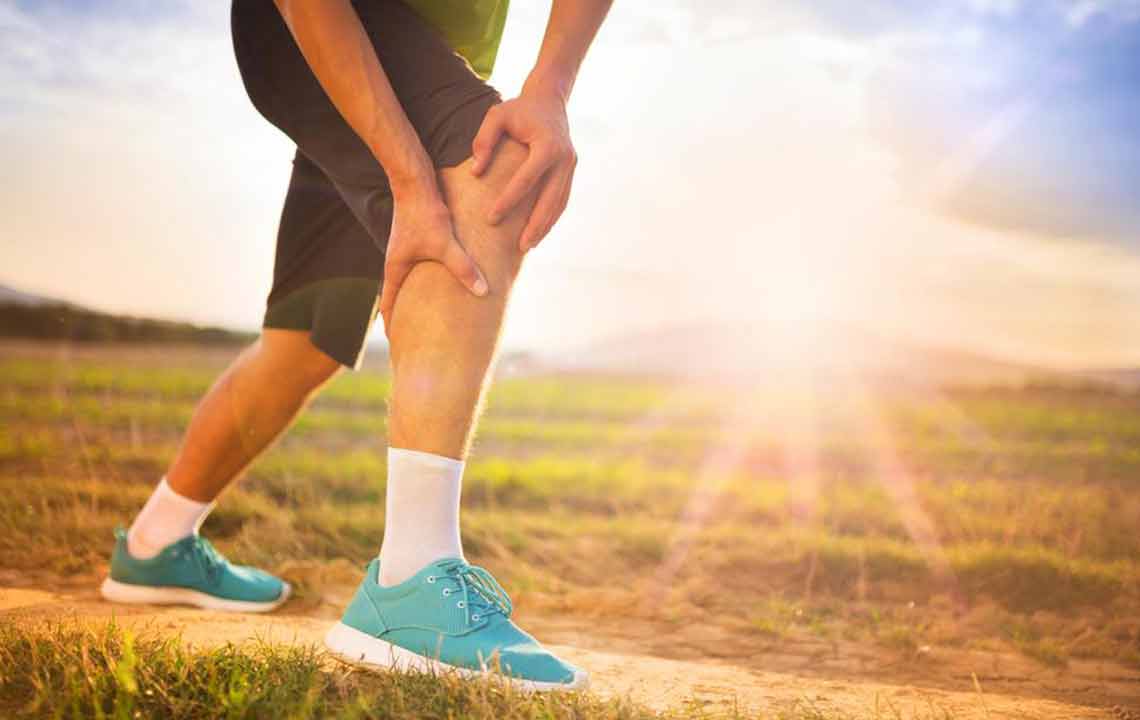
Understanding Knee-Back Leg Pain: Symptoms, Causes, and Remedies
Leg discomfort behind the knee can stem from numerous factors affecting bones, muscles, nerves, ligaments, or tissues. Pain may occur in the ankle, foot, thigh, or any part of the leg, especially during activity or rest. Often, inflammation from injury or illness causes this pain, which can manifest at night or during movement.
Since multiple tissues are involved, various injuries and conditions can be responsible. Common symptoms include weakness, throbbing, numbness, cramps, tingling, or aching. Identifying the cause is essential for effective treatment.
Several factors can cause pain behind the knee, with symptoms varying from mild to sharp, especially during leg movement. The most frequent causes include:
Popliteal (Baker's) cysts
Cartilage tears, such as meniscus injuries
Calcium deposits (CPPD)
Popliteal Cysts (Baker's Cysts): These fluid-filled sacs develop at the back of the knee, often due to arthritis or cartilage damage, causing swelling and discomfort. Many resolve on their own, but persistent cases may require treatments like ice, compression, or medical procedures such as drainages or corticosteroids.
Cartilage Tears: Tears in the meniscus cause pain and swelling, worsened by movement or bending. Rest, physical therapy, bracing, or surgery may be necessary depending on severity.
CPPD (Calcium Pyrophosphate Dihydrate Disease): Common in the elderly, CPPD leads to joint inflammation, sharp pain, redness, warmth, and swelling caused by crystal deposits. Management includes rest, ice, medication, or joint drainage; surgery is rare.
Hamstring Injury: Sudden overstretching or improper warm-up can cause hamstring pulls, resulting in bruising, swelling, spasms, and limited motion. Treatment involves RICE, medications, physical therapy, and rarely surgery.
Tumors: Soft tissue or bone growths may cause pain, swelling, and restricted knee movement. Treatment varies based on tumor type and stage, possibly needing surgery, radiation, or chemotherapy.
Note: Our articles provide informative insights based on research, but should not replace professional medical advice. Always consult a healthcare provider for accurate diagnosis and treatment tailored to your condition.

